How To Get Localisation Right

“We need to adapt the campaign for 30 new territories by the end of the week, is it possible?”
It’s the kind of question that sends shivers up the spines of producers and for good reason. Localisation, or adaptation, depending on your preferred jargon, can be a minefield for production departments. What may start as a simple project for a design team can quickly slip into chaos when 100s of versions get added to the equation.
Now you're in a world where broken fonts, accents and line breaks can mean the difference between an award winning campaign or a political nightmare. Global localisations in creative production are hard to nail unless you stick to a rigid process and treat every single deliverable as though it’s the most important.
I'm going to take you through some of the localisation challenges you face with global adaptations for multilingual campaigns and tell you exactly what you should be doing to get it right. For over 10 years Space66 have adapted some of the biggest campaigns out there. Along the way we’ve been able to see what works, what doesn’t and in some cases what deeply offends. With so many considerations and variables it’s crucial to know what you’re doing and to follow a rigid process.
4 Common Mistakes in Foreign Language Typesetting
Hyphenation & Length
Compound words can be very long, particularly in languages such as Russian and German, so getting hyphenation right is really important. In other languages it’s not acceptable to hyphenate words at all so make sure you understand the difference. Did you know that French is typically 25-30% longer than English? Filling negative space with headline text might seem like a good idea in English, but it can create problems when it comes to typesetting foreign languages in your localisations.
Line breaks
Design software such as Photoshop or Figma won’t define line breaks correctly in all use cases so you’ll need to edit this yourself to suit the design. It’s important that lines break at the right point and your text is easy to read. With Japanese, it’s visually better for line breaks to occur between words, though this isn’t a linguistic requirement.
Right-to-left languages (RTL)
The most obvious difference between LTR and RTL languages is the direction of writing. But that’s not where the difficulty ends. Right-to-left languages read from back to front, granted, but this directional change also affects the structure of RTL websites, as well as typography, icons, and images.
In design we apply a simple principle of flipping or mirroring every piece of content, with a few key exceptions. To understand what to mirror and what to change it’s important to imagine the motion of reading which flows from right to left in e.g. Arabic. For example, a list of icons that displays a specific sequence would start from the right side on an RTL website.
Fonts
Fonts cause designers more stress than last minute client feedback and broken wacom tablets put together. Well, maybe not that bad but seriously, fonts are one of the biggest pitfalls of foreign language typesetting. Languages that require the extended latin alphabet will usually encounter fewer issues with brand fonts, but it’s not uncommon to find missing letters for foreign languages and in these cases what should you do? Unicode fonts, such as Arial, are not always a viable solution for your design so make sure your font's versatility is understood by all stakeholders before you start any project. Right-to-left languages like Arabic, Farsi and Hebrew can be even more difficult to support so it’s important to address this early on.
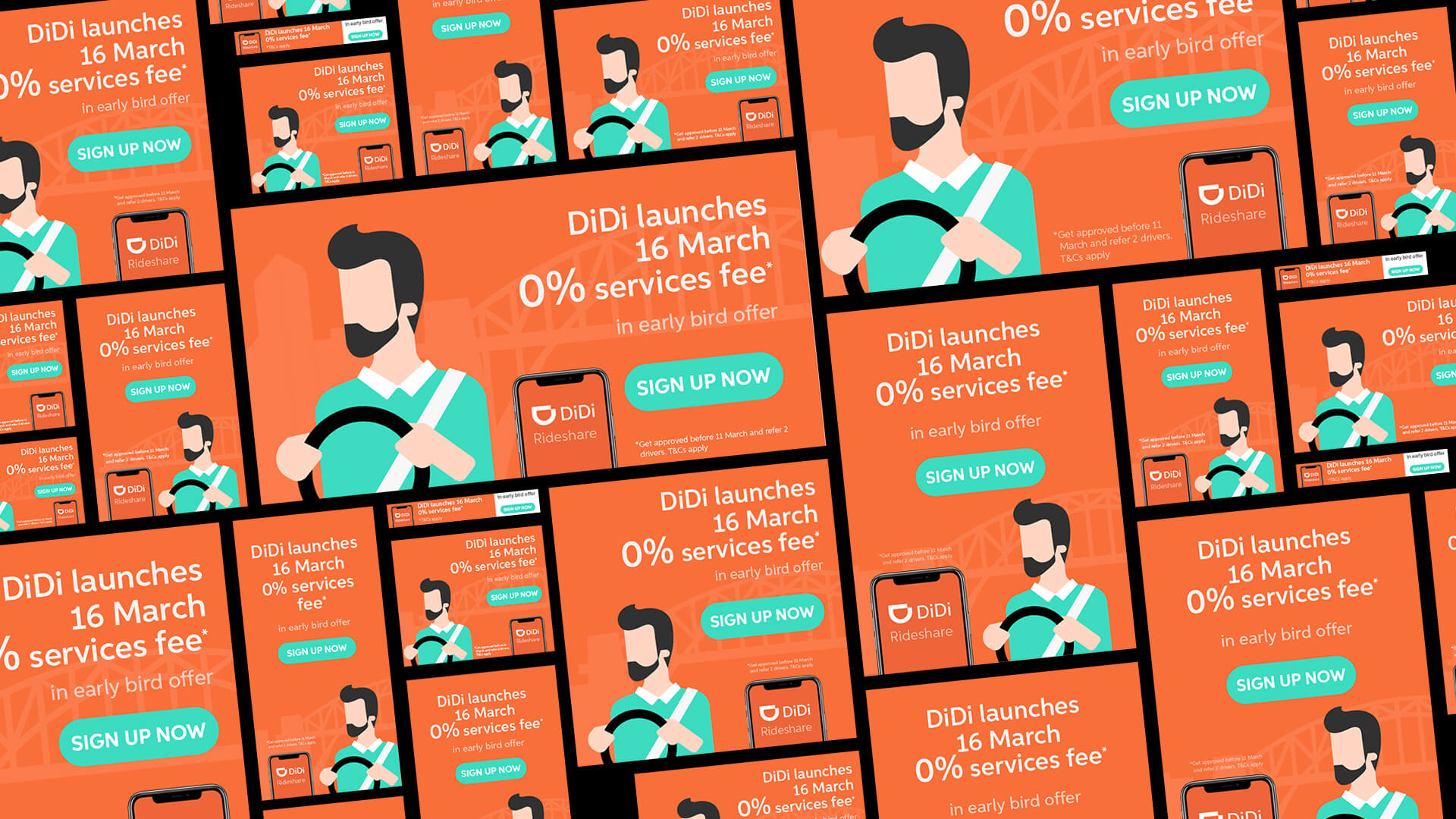
Other Things To Look Out For
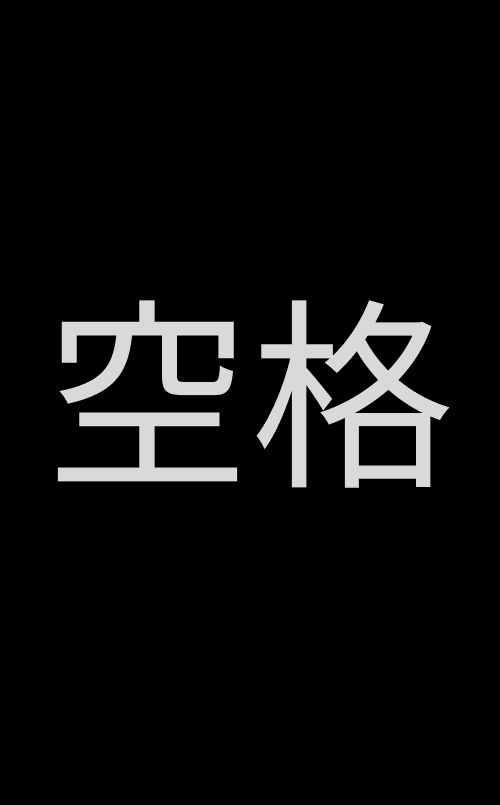
Non-breaking spaces are needed to keep two words, or words and numbers, together in certain languages. Ensure your design and QA team are aware of these.

Accents come in many forms and are bound by numerous rules depending on the language. Does your font contain the required accents, or has it substituted them as the required character is missing? Should capitalised words have accents? Are your accents showing?
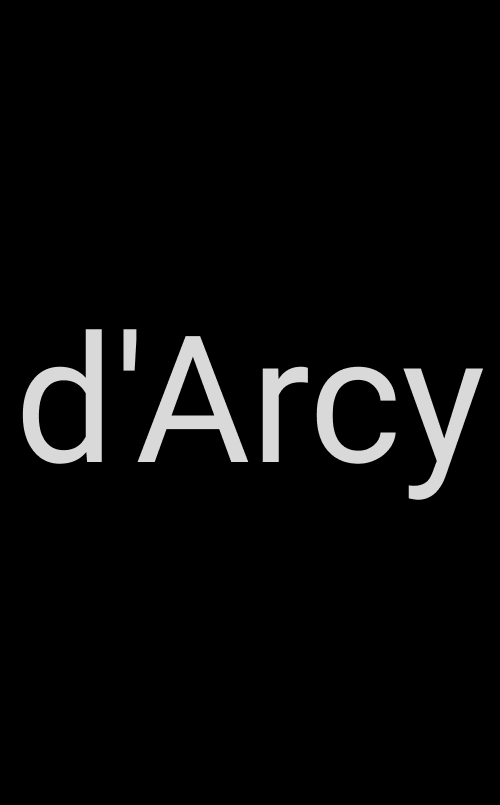
Capitalisation of headings is not used across all languages so know which is right for your language. Differences exist in capitalisation of personal names in French too. For example, the preposition remains, in the form of d', when it elides with the last name also beginning with a vowel.
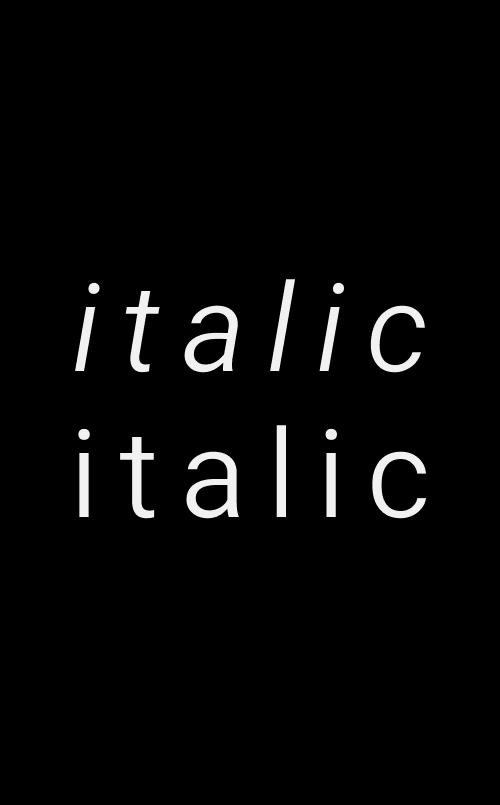
Italicized fonts are not used in some languages such as Arabic, also to maintain easy readability, bold typeface should be avoided.
Tell me, do you ever think about any of the following?
- Speeding up your current production process using solely the resources at your disposal
- Finding new software that’s free to use and can make your life much easier
- Implementing a process that you can share with your clients that builds their confidence in you
- Going after higher volumes of project work because you know your team can handle it
These are the opportunities that implementing the right process provides. More specifically, it enables you to avoid complications that slow you down and stress out your team.
What resources do you have at your disposal? What software have you adopted to improve your efficiency? What more can you do to add cohesion in your team and how you communicate feedback and delivery with your clients?
Do you have a remote team that you outsource adaptations to?
There’s no question that remote working has become one of the hottest topics over the past year. The good news for many digital teams is we’ve all been doing it for years. By using the right software and leveraging cloud-based tech your team can turnaround projects faster and better. It’s not often you get both at once. Working from home means your team is happier too, which will result in better quality work.
Though there are drawbacks, as many have learned, particularly where home offices are being shared with family and flatmates. It’s great to avoid the long commute and get extra time in bed, but to stay efficient teams must stick to the level of contact and reliability typical of the office. To do this everyone needs to ensure their workspace at home is comfortable, equipped and follow the usual working patterns of breaks and lunch as much as possible. Easier said than done right?
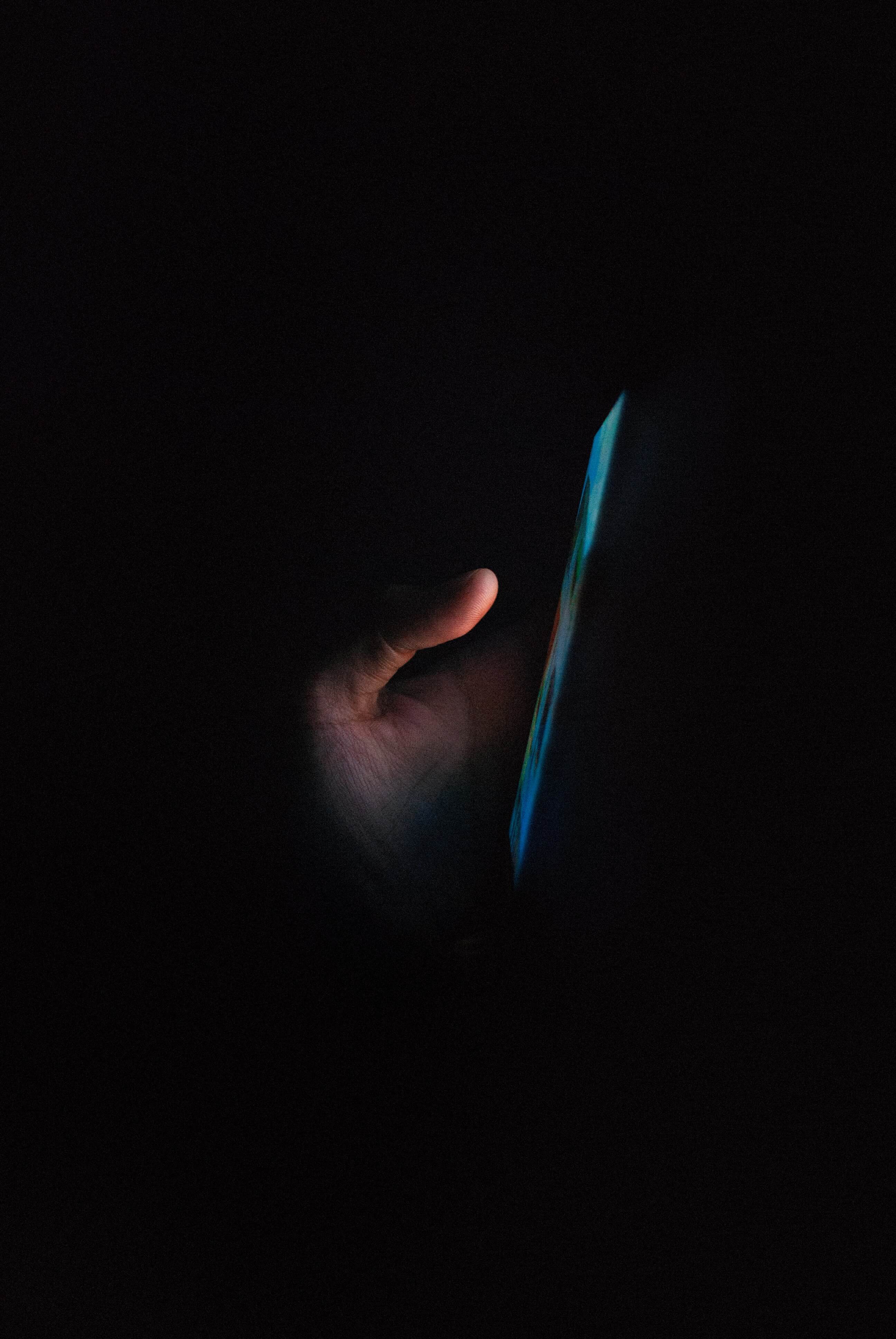
Leverage a digital team that have 24hr coverage. Brief us with your own ideas or campaign assets and our process will fast track production and help you reduce costs.
Leverage a digital team that have 24hr coverage. Brief us with your own ideas or campaign assets and our process will fast track production and help you reduce costs.
How to build a team for large-scale localisations
Use the following guidelines to ensure your team is ready to process high volumes of localisations in short sprints.
Multilingual team
Seems obvious now I’ve said it, right? How often do we scour CVs for similar brand experience? Or review portfolios looking for good quality design? Well, it can be just as important to find foreign nationals that speak the languages you're adapting. Try and build a diverse, multilingual team that will understand the language nuances that can completely boggle your QA team.
Go senior
A common mistake with localisation production is underestimating the level of seniority required to execute the work. You may have ‘master’ designs to work to, these are usually in english, but the type-setting can look completely different when it’s adapted to other languages. This is why design consideration is needed every step of the way. Do it nice, don’t do it twice.
Know social guidelines
Use designers and animators that have experience in the channels and formats you are producing for. Facebook, Instagram, even YouTube are constantly updating their guidelines and you’ll need to understand where safe areas, word count limits and specific file compressions are to be applied. Subscribe to notifications from all the major platforms so you’re always working to the latest guidelines.
Avoid burn-out
Producing 100s of localisations require fresh eyes, fastidious attention to detail and a happy team. Otherwise you’ll make mistakes that go unnoticed, until it’s too late. Make sure you don’t overburden the team by giving them unrealistic volumes to manage. Build a broad team and set manageable goals.
Think global
When you’re responsible for delivering 100s of versions you’ll be dealing with multiple stakeholders, often based in the different territories and time zones. A global team will ensure you have personel to deal with any requests, feedback, roadblocks or problems as they arise. Global teams can also extend your ‘opening hours’, helping you offer round the clock production that can effectively triple your output.
How to QA large-scale projects for localisations
The basic rule to follow is simple:
- A designer/animator should QA their work as they go
- A QA’er then checks their work closely to identify any errors they’ve missed
- A third QA needs to happen before sharing with the client stakeholders
This ensures all videos/banners pass through at least three human QA reviews before they can be signed off internally and are ready to share with stakeholders. Add to this the subsequent checks from other stakeholders, clients, media teams, ad traffickers and automation tools and you can sleep at night knowing you’ve done everything possible to avoid mistakes. The reality is however, mistakes can still happen and your team needs to ensure they are working to a process that minimises this as much as possible.
To put it really simply: QA the hell out of everything you do.
Enjoyed this post? Please share it with your audience.
Want to work with us?
We'd love to talk to you.
Want to work with us?
We'd love to talk to you.
